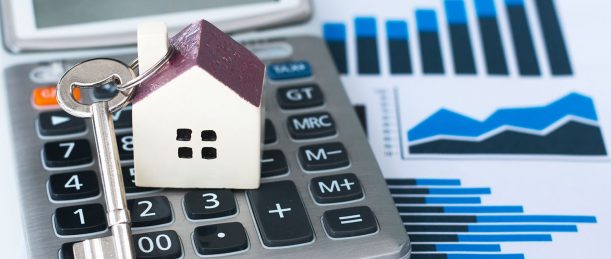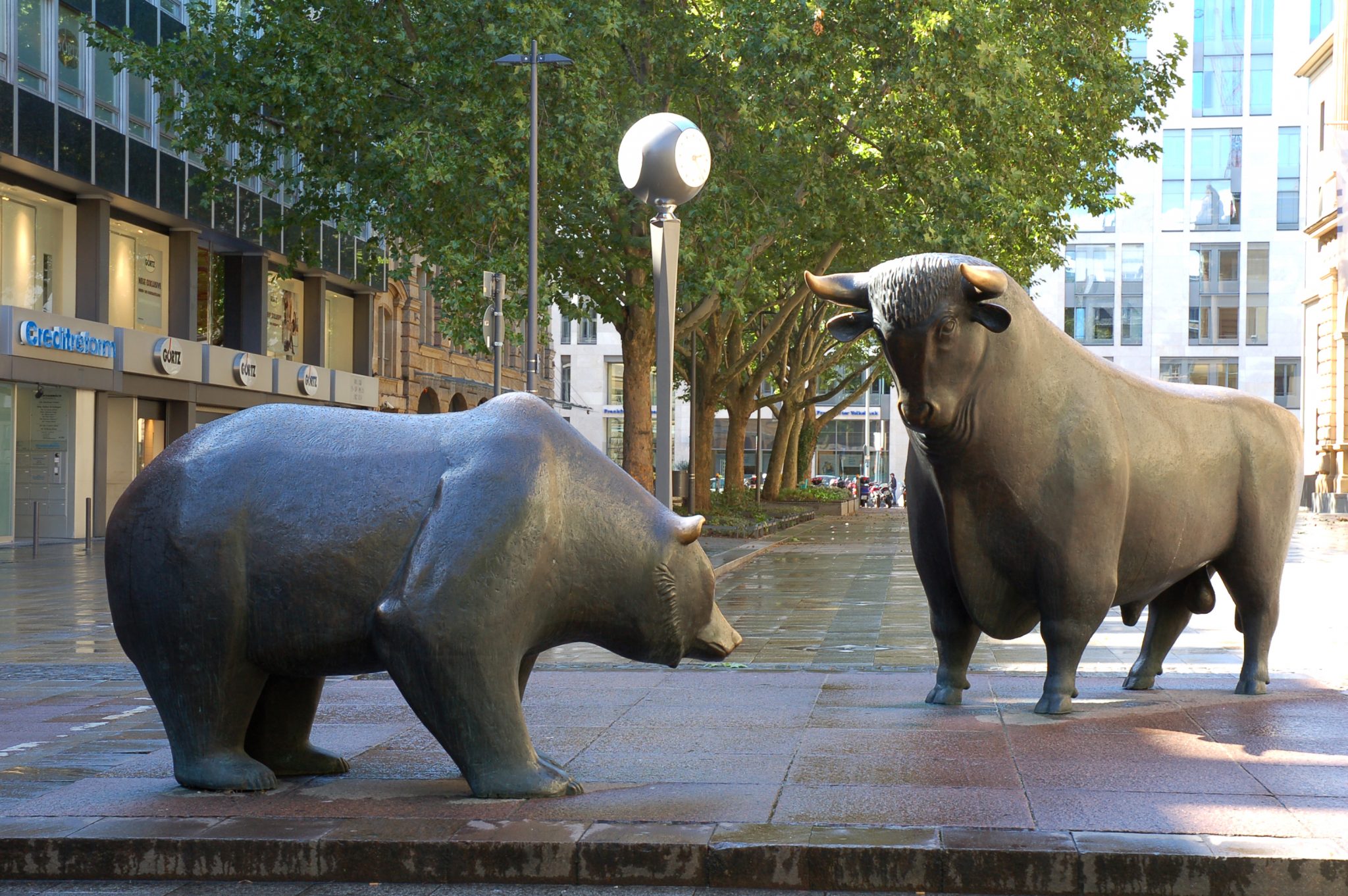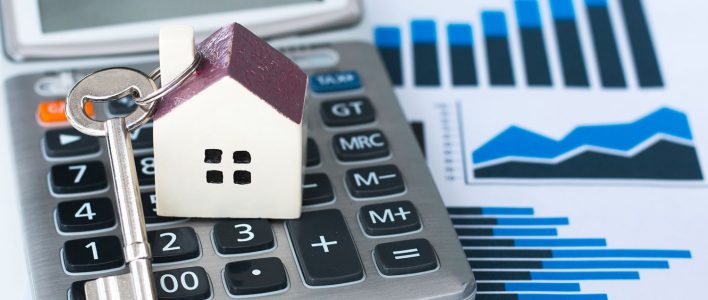The Essential Guide to Emergency Fund Creation for Active Traders
In the fast-paced world of stock markets, liquidity management is as essential to traders as having a right investment strategy. One effective way of ensuring good liquidity management is by creating an emergency fund. This blog post will highlight the importance of an emergency fund for active traders, steps to create one, and how to maintain it.
Understanding the Importance of an Emergency Fund for Active Traders
Active trading itself is a risk-involved activity that requires proper financial planning. During turbulent times, markets may fluctuate wildly, and an unforeseen event can lead to massive losses. This is where an emergency fund comes in handy.
An emergency fund is a stash of money set aside to cover the financial surprises life throws your way. These unexpected events can be anything from a damaged car, significant health issues, or sudden loss from trading. Having an emergency fund gives you the peace of mind that you can withstand financial shocks without having to resort to loans or sell valuable investment assets prematurely.
Steps to Create an Emergency Fund
Creating an emergency fund is not just a one-time action; it is a practice that needs consistency and discipline. Here are a few steps to guide you through creating your emergency fund:
-
Assess your expenses: The first step to creating an emergency fund is to understand how much you spend. Analyze your expenses, including food, rent, utilities, transportation, and medical expenses.
-
Determine your emergency fund amounts: A good rule of thumb is to have enough in your emergency fund to cover three to six months’ worth of living expenses. However, active traders might want to consider saving more due to the inherent risks involved in their profession.
-
Set a monthly saving goal: Now that you know how much you need in your emergency fund, decide how much you can set aside monthly to meet that goal.
-
Choose where to keep your emergency fund: Your emergency fund should be easily accessible. Consider keeping it in a high-yield savings account or a money market account for better returns.
Maintaining Your Emergency Fund
Embarking on the journey to create an emergency fund demands consistency and commitment. Here are a few tips on how to maintain and grow your emergency fund:
-
Automate your savings: Automating your savings is one of the easiest ways to keep building your emergency fund. Set up automatic transfers to your designated emergency fund account.
-
Add windfalls and tax refunds: If you receive any unexpected chunks of money, like a bonus or tax refund, consider directing a part of it toward your emergency fund.
-
Adjust for changes: Your budget isn’t static. It adjusts according to changes in your life. If your expenses increase, increase your emergency fund accordingly.
In conclusion, creating an emergency fund is a safety net for active traders. Market volatility, economic downturns, or an individual trade gone wrong can drastically impact a trader’s financial situation. While an emergency fund won’t cover all losses, it provides a much-needed buffer to help weather financial storms.
By implementing the steps and tips outlined above and committing to regular evaluations and adjustments, active traders can create a robust emergency fund. This fund, in turn, will add an extra layer of financial security, enabling traders to focus more on their trading strategies, knowing they have a financial backup in case of any contingencies.
Remember, one of the key elements of trading successfully is managing risks effectively, and an emergency fund is most certainly a part of sound risk management.










